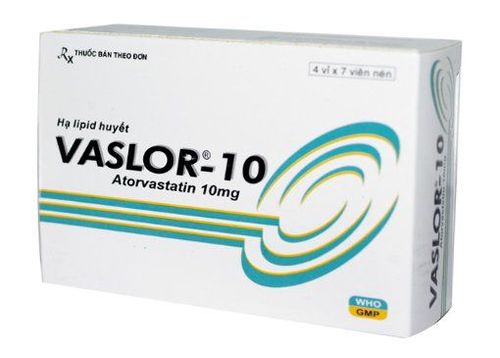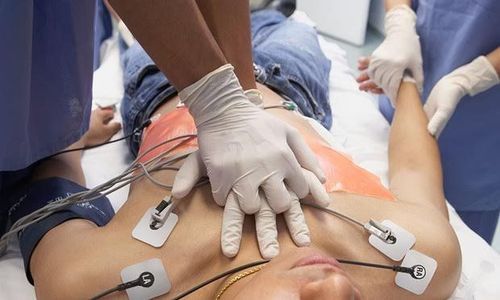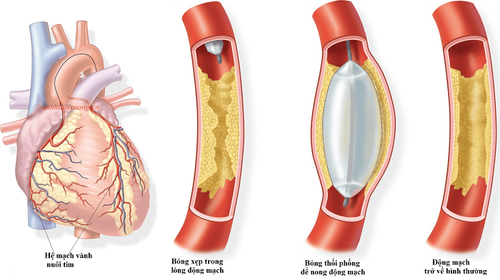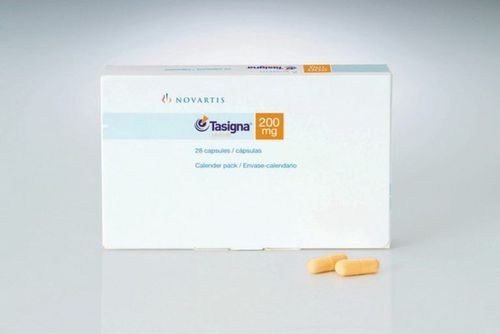This is an automatically translated article.
Myocardial infarction is one of the most commonly encountered serious cardiovascular emergencies in clinical practice. Cardiovascular disease is one of the leading causes of death in the group of cardiovascular diseases. Up to 30% of heart attacks die suddenly before hospitalization.1. Causes and mechanism of myocardial infarction
Myocardial infarction is a medical condition in which an area of the myocardium is necrotic due to an occlusion of a coronary artery. This usually occurs in the left coronary segment, where approximately 40% of cases are occluded in the anterior interventricular branch and 25% in the left circumflex branch.The most common cause of a heart attack is a blood clot that forms in a vessel, causing an embolism. This thrombus can easily occur in the following clinical conditions:
1.1 High blood lipids High blood lipids are a risk factor for many cardiovascular diseases. Cholesterol is located in the thin wall between the arteries and between the heart muscles. When the amount of cholesterol is high, it will cause the fatty layer in the artery wall to thicken, leading to a reduction in the size of the vessel lumen, obstructing the circulation of blood, causing the platelet cells to be retained and adhered to, gradually forming blood clots. atherosclerotic plaque. When the atherosclerotic plaque peels off in the blood vessel, it will form blood clots, also known as thrombus..
The larger the clot, the more it presses on the vessel lumen, shrinking the area in the vessel lumen, and possibly even shrinking the vessel lumen. cause complete blockage of the lumen, affecting the ability to transport blood and oxygen to the organs in the body, reducing the nourishment of the organs. At this time, the heart must increase its activity to ensure the perfusion of blood, leading to myocardial ischemia and angina pectoris.
1.2 High blood pressure High blood pressure is a common clinical cardiovascular condition, the leading cause of cerebrovascular accident and other diseases of the circulatory system. High blood pressure damages the walls of blood vessels and increases the risk of plaque formation and blood clots that lead to heart attacks and strokes.
1.3 Diabetes Medical research has shown that people with diabetes have a 2-3 times higher risk of cardiovascular disease than other diseases. High blood sugar will cause damage to the heart muscle and disturb the heart rhythm, and also increase the risk of forming blood clots that block the arteries leading to myocardial infarction, cerebrovascular accident.
In addition to the above factors, other factors that can increase the risk of having a heart attack such as obesity, lipid metabolism disorders, smoking, age or genetics in family history...
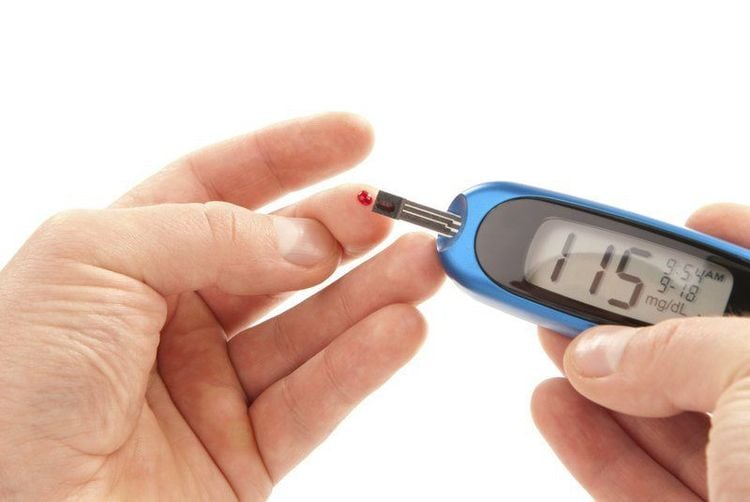
Nghiên cứu y khoa đã chỉ ra ở những người bị đái tháo đường sẽ có nguy cơ bị bệnh tim mạch cao gấp 2-3 lần so với các bệnh lý khác
2. Clinical manifestations of myocardial infarction
Angina : Pain in the left chest behind the breastbone that radiates to the chin, shoulder and left arm. The pain can be sudden, intense, continuous, or intermittent and unresponsive to nitrates. Angina may occur in patients who have had or have never had a previous episode of angina.There are manifestations of shock syndrome: Tachycardia, low blood pressure, cold hands and feet, shortness of breath, rapid shallow breathing, pale face, sweating.
Dizziness, nausea, vomiting.
Heart: Heart sounds may or may not change, beat weak, may have gallop or slight systolic murmur. On examination, a pericardial rub may be heard.
Diagnosis of myocardial infarction is based on clinical symptoms, electrocardiogram results and cardiac enzyme indices.
3. How to prevent and prevent heart attack

Không hút thuốc lá là yếu tố quan trọng để ngăn ngừa, phòng tránh nhồi máu cơ tim
Vinmec International General Hospital has applied the method of using thrombolytic drugs to treat patients with myocardial infarction. Currently, the treatment cases have a success rate of up to 95% and most of them have no complications after treatment.
Please dial HOTLINE for more information or register for an appointment HERE. Download MyVinmec app to make appointments faster and to manage your bookings easily.




